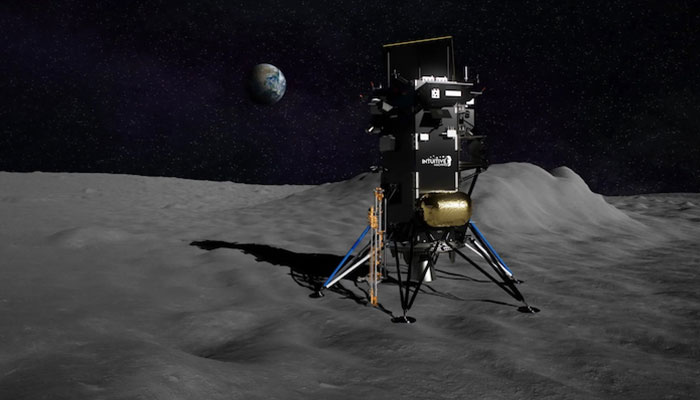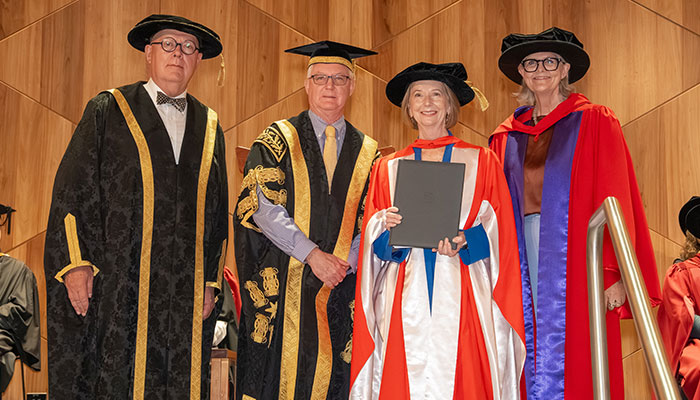The survey is an international collaboration that began mapping a 5,000-square-degree area of the sky on Aug. 31, 2013, in a quest to understand the nature of dark energy, the mysterious force that is accelerating the expansion of the universe. Using the Dark Energy Camera, a 520-megapixel digital camera funded by the U.S. Department of Energy Office of Science and mounted on the Blanco 4-meter telescope at the National Science Foundation’s Cerro Tololo Inter-American Observatory in Chile, scientists on DES took data on 758 nights over six years.
Over those nights, they recorded data from more than 300 million distant galaxies. More than 400 scientists from over 25 institutions around the world have been involved in the project, which is hosted by the U.S. Department of Energy’s Fermi National Accelerator Laboratory. The collaboration has already produced about 200 academic papers, with more to come.
For the last six years, scientists at the Australian Astronomical Observatory (now Australian Astronomical Optics) at Macquarie University participated in the Dark Energy Survey primarily by using the Anglo-Australian Telescope (AAT) to perform spectroscopic follow up observations of discoveries made by DES.
Many scientists and engineers at Macquarie and other Australian universities contributed to this effort, including through the OzDES survey which has confirmed hundreds of supernovae directly, along with determining the distances to thousands of supernova host galaxies. AAO Scientists using the AAT have also confirmed the existence of many small “satellite” galaxies and stellar streams orbiting our own Milky Way galaxy.
Using the AAT and other telescopes, AAO scientists also performed crucial observations of the first-ever detected optical counterpart to a gravitational wave signal.
According to DES Director Rich Kron, a Fermilab and University of Chicago scientist, those results and the scientists who made them possible are where much of the real accomplishment of DES lies.
“First generations of students and postdoctoral researchers on DES are now becoming faculty at research institutions and are involved in upcoming sky surveys,” Kron said. “The number of publications and people involved are a true testament to this experiment. Helping to launch so many careers has always been part of the plan, and it’s been very successful.”
“Having been involved with the Dark Energy Survey initially as a postdoctoral researcher before the construction phase – when it was still mostly ideas on paper rather than a fully-functioning scientific enterprise – I am very gratified to witness the successful conclusion of survey operations. Our team of astronomers will still be working to analyse and understand all the data we’ve collected for years to come, and the Dark Energy Camera will itself remain on the telescope and available for others to use for even longer. I expect it will be just as scientifically productive for the rest of the astronomical community as it has been for us,” said astronomer Kyler Kuehn from Macquarie University.
DES remains one of the most sensitive and comprehensive surveys of distant galaxies ever performed. The Dark Energy Camera is capable of seeing light from galaxies billions of light-years away and capturing it in unprecedented quality.
The survey generated 50 terabytes (that’s 50 million megabytes) of data over its six observation seasons. That data is stored and analyzed at the National Center for Supercomputing Applications (NCSA) at the University of Illinois at Urbana-Champaign.



